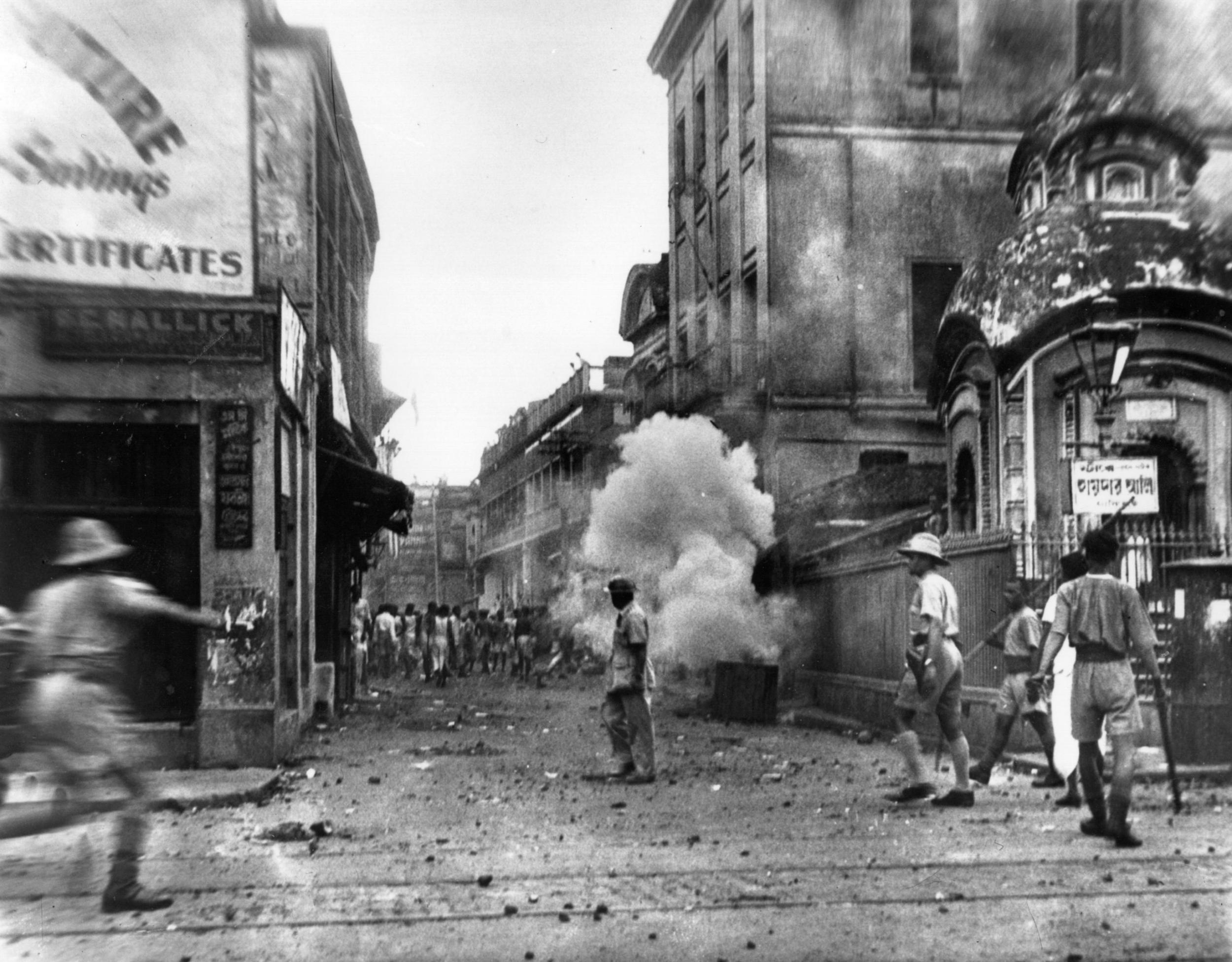The Independent's journalism is supported by our readers. When you purchase through links on our site, we may earn commission.
70 years since Partition, Pakistan still hasn’t been able to separate itself from India
Mid-August remains an annual reminder of the shared history and mutually assured destruction that binds India and Pakistan together


Your support helps us to tell the story
From reproductive rights to climate change to Big Tech, The Independent is on the ground when the story is developing. Whether it's investigating the financials of Elon Musk's pro-Trump PAC or producing our latest documentary, 'The A Word', which shines a light on the American women fighting for reproductive rights, we know how important it is to parse out the facts from the messaging.
At such a critical moment in US history, we need reporters on the ground. Your donation allows us to keep sending journalists to speak to both sides of the story.
The Independent is trusted by Americans across the entire political spectrum. And unlike many other quality news outlets, we choose not to lock Americans out of our reporting and analysis with paywalls. We believe quality journalism should be available to everyone, paid for by those who can afford it.
Your support makes all the difference.Pakistan came into being based on an idea, since dubbed the Two Nation Theory, that underlined, in no uncertain terms, that Hindus and Muslims were mutually antagonistic, different beings, with “nothing linking them together.”
In its simplest interpretation, the Two Nation Theory claimed that Bengali and Pashtun Muslims, living over 2,000km apart in Dhaka and Peshawar formed one nation, while a Hindu and Muslim that had lived next door in Lahore for centuries belonged to separate nations.
The theory that Muslims of the Indian subcontinent were one entity has since divided them almost equally in three states.
Even so, among the many ironies in the state continuing to brainwash the coming generations with hatred for Hindus, as part of the Two Nation Theory taught in curricula, is the fact that neither of the two epicentres of the 1940s’ separatist movement – Uttar Pradesh and Bengal – is now a part of Pakistan.
It also lost more than half of its population on December 16, 1971 – the date of birth for both Bangladesh and the existing Pakistani state – a rare occasion in post-Westphalian history where the majority had to launch a separatist movement.
That Pakistan has continued to self-identify as such – similar to modern-day Serbia calling itself Yugoslavia, or Russia calling itself Soviet Union – was owing to the state’s acronym discarding Bengalis from the get-go.
It is also an upshot of the self-adaptive nature of the ambiguous idea of Pakistani nationalism that isn’t bound by geography, language, culture, or indeed people, and is rooted in the violent legacy of the Indian Partition.
That Pakistani nationalism continues to be defined by anti-Indianism, and not any tangible identity of its own, underscores that despite 70 years, two partitions and four full-fledged wars, Pakistan still hasn’t been able to separate itself from India.
This self-manifests in Pakistan’s boomeranging foreign policy that has led to the state created on the idea of Muslim unity, alienating the two bordering Muslim states – Afghanistan and Iran – owing to its self-fulfilling paranoia vis-à-vis India.
Or indeed the masochistic security policy that has seen Pakistan sacrifice over 80,000 of its citizens over the past decade and a half, while trying to shield jihadist assets designed to foil Indian plans in Kashmir and Afghanistan.
However, this fixation with India isn’t limited to warmongering generals or hate-laden curricula. Along with cricket – another tool that has influenced nationalism on both sides of the border – if Pakistan has an obsession, it’s Bollywood.
This is why it’s not uncommon for even the most jingoistic Pakistani news channels to follow up a bulletin clamouring against the Indian Army and their ceasefire violations, with gossip over Bollywood actors’ affairs.
Similarly, Pakistani weddings are incomplete without the guests indulging in hardcore political talk, usually centred around India bashing, while the nephews and nieces dance to the latest Bollywood tracks.
This paradoxical behaviour, which borders on self-hatred, and is regularly negated in countless examples of Indo-Pak bonding overseas, is both a symptom and repudiation of the Two Nation Theory.
Even so, while liberal Pakistani opinion-makers – including the recently ousted Prime Minister Nawaz Sharif – have begun to reinterpret the divisive ideology that led to Partition, it has found unlikely – and untimely – proponents in India.
The Hindutva surge with the Hindu nationalist Bharatiya Janta Party (BJP) at the helm, has seen India mirror Pakistan in its erasure of history that contradicts the state’s religionist narrative from school curricula.
The current regime has further channelised anti-Muslim hatred resulting in a surge in violence, which could get one torched to death for eating a plate of beef biryani in India.
India’s “beef law” has taken up the murderous form long exemplified by Pakistan’s blasphemy law through the ensuing vigilante justice. This systematic persecution of Indian Muslims is fanning echoes that perhaps the idea of a separate Muslim state was indeed a move for self-preservation.
On the contrary, it is a united India, with a Muslim share of one-third of the overall population, and its federalist nature, that would’ve ensured better safeguard for Muslims.
In 1941, when posed with the question of the Muslims that would remain in India following Partition, Mohammed Ali Jinnah, the founding father of Pakistan, categorically said he was willing to “perform the last ceremony of martyrdom” by sacrificing the Indian Muslims for their Pakistani “brethren’s liberation”.
Hence, the ongoing rise in the persecution of Muslims in India is the latest bloody offshoot of the Partition, and a self-fulfilling prophesy of Pakistan’s creation.
And yet with the bilateral relations tracing their nadir, and Pakistani identity still aligned against India, it might actually be the most opportune moment to start working on revamping Pakistani nationalism, despite clinging on to its antipodal raison d’etre.
For, anti-Indianism right now means the creation of a society that finds strength in its diversity, and isn’t hijacked by religious extremists. But one knows that the turning point is light years away when the mainstream narrative on both sides of the border rationalises a 70-year-old gory separation, between communities that have coexisted for millennia.
Meanwhile, as millions of deaths and displacements, decades of symbiotic nuclear-armed animosity, and religionists rise to power continue to fail in separating the two states, mid-August remains an annual reminder of the shared history and mutually assured destruction that binds India and Pakistan together.
Join our commenting forum
Join thought-provoking conversations, follow other Independent readers and see their replies
Comments